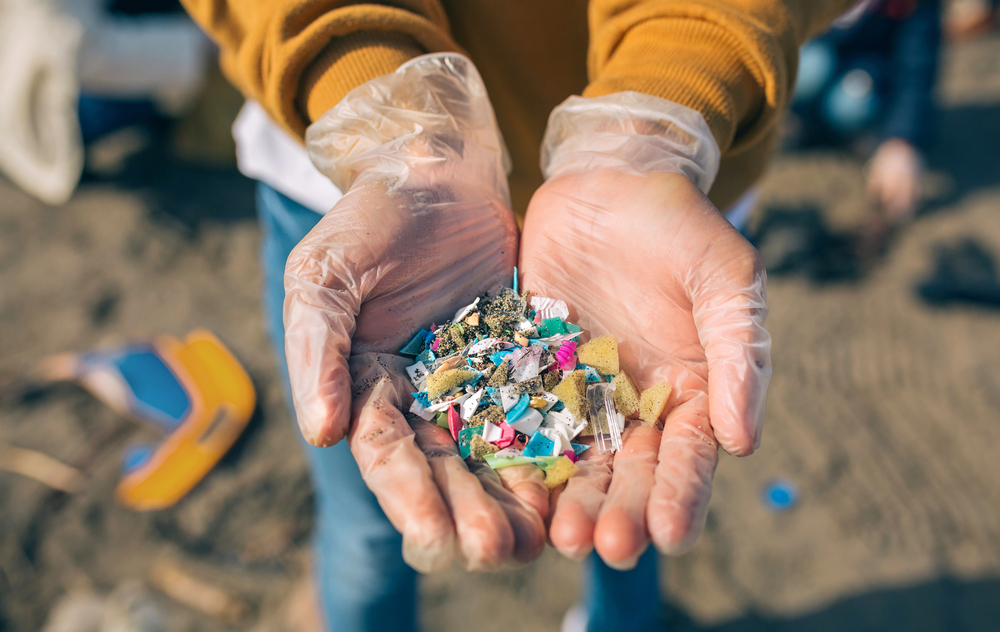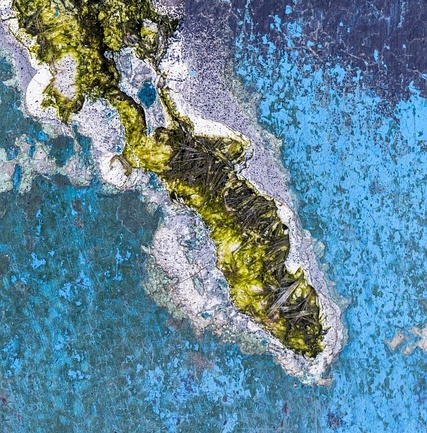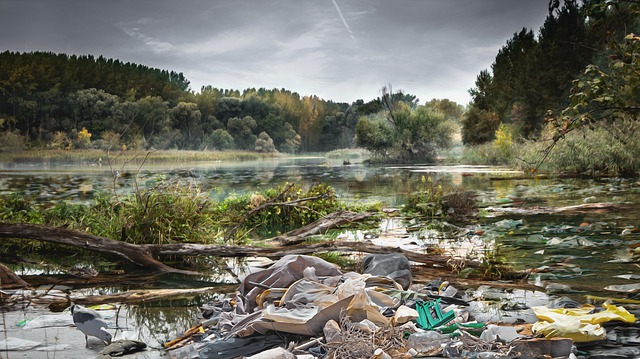By Caroline Majewski, Publishing Associate: Researcher and Writer at Save the Water™ | May 17, 2024
Using Hydrogel to Remove Microplastics
Researchers at the Indian Institute of Science (IISc) have designed a hydrogel that will remove microplastics in our water.
Hydrogels are three-dimensional (3D) networks of hydrophobic (to repel or not mix with water) polymers (structure of units bonded together) made from linking water-soluble polymers.
In short, hydrogels are a porous material that can hold water or fluids inside of it.
The New Hydrogel Design
The design IISc created consists of three different polymer layers that comprise a 3D model.
The new 3D aspect improves on past attempts, which relied on membrane filtration. Previously, membrane filtration attempts did not work as well because the membranes got clogged by the tiny plastic particles.
That is to say, the usage was limited. Once they were clogged, the membranes were rendered unusable and unsustainable. Conversely, the IISc’s hydrogel can be used up to five times before losing productivity.
How Does it Work?
The hydrogel uses a blend of polymer, nanoclusters, and a catalyst of UV light to absorb and degrade large amounts of microplastics. This polymer network is entwined together to produce optimal results. It’s called an ‘Interpenetrating Polymer Network’, or IPN.
First, the IPN binds the contaminants together. After that, UV irradiation degrades them.
The researchers have also thought of a way to track the microplastics. By adding a fluorescent dye, they can mark the amount of microplastics affected by different conditions.
Hydrogel Results
The results were that more than 93% of the two types of microplastics, polyvinyl chloride and polypropylene, tested were removed. Their experiments yielded results at water-neutral pH and various temperatures. In addition, both of these affected the percentage of plastic the hydrogels could remove.
After the absorbent loses use, it can be upcycled into something else. The researchers found that it can be turned into carbon nanomaterials and be reused to remove heavy metals from water.
They want to work on developing these hydrogel uses on a large scale.
Introduction to Microplastics
Microplastics are tiny particles born from the breakdown of plastics that get into the water. They are defined as less than 5 millimeters in diameter.
The amount of microplastics in our water is found to be at new, higher levels than previously thought. With testing, over 240 thousand plastic fragments on average were found in a one-liter water bottle. This amount is harmful to the environment, animal health, and human health.
Where Do They Come From? And What Are Their Effects?
Microplastics are produced in many ways. In addition to plastic water bottles, they can be formed from large debris, trash, or commercial things like skincare products. All of this leads to pollution of our water, animals, and humans. Consequently, this affects the health and wellness of all three.
Microplastics are found in so many animals, big and small, and in most water sources:
- Plankton
- Whales
- Commercial seafood
- Drinking water
- Fresh and saltwater
The microplastics cause harm and can transfer toxins through the food chain.
In Conclusion: A Breakthrough Hydrogel
The new hydrogel design is a breakthrough that could see big results going forward. It’s beneficial because it helps counteract microplastics in the water and afterward, can be repurposed to take heavy metals from water.
With collaboration, the team hopes to use the hydrogel on a larger scale and in more real-world examples.




